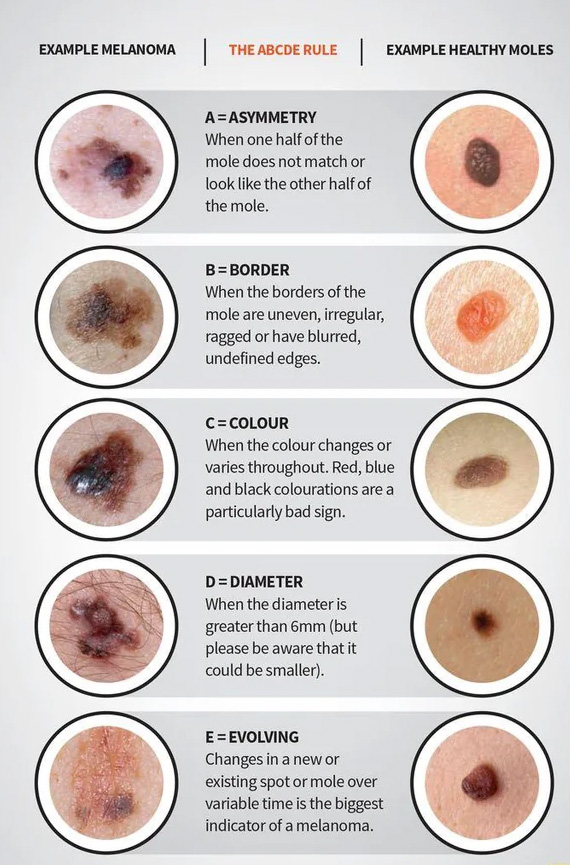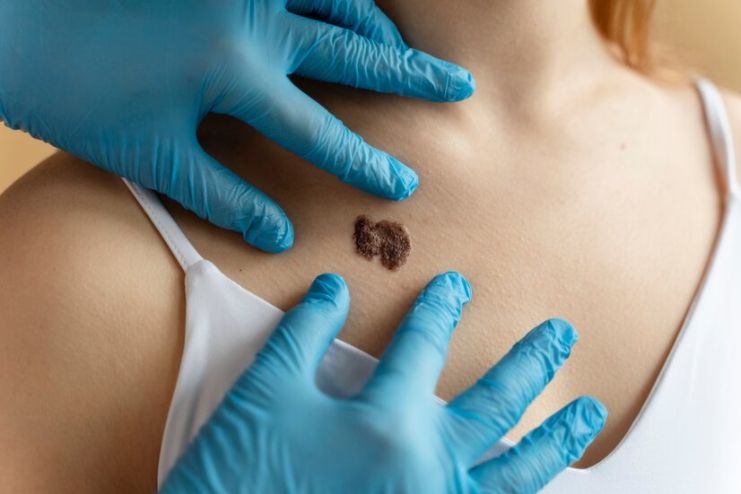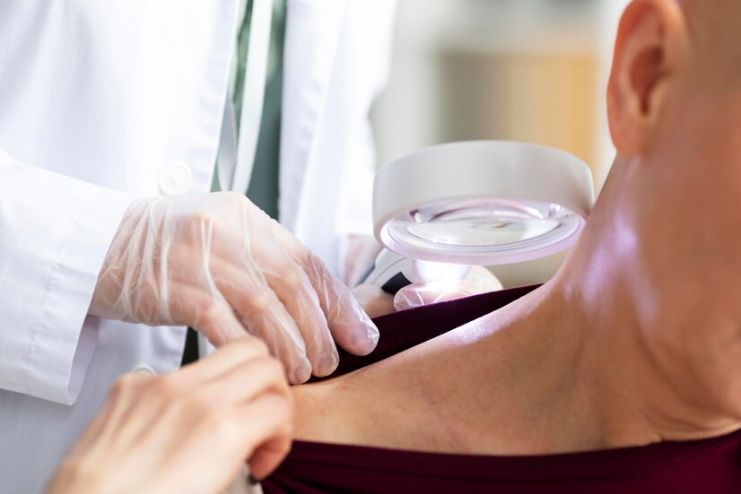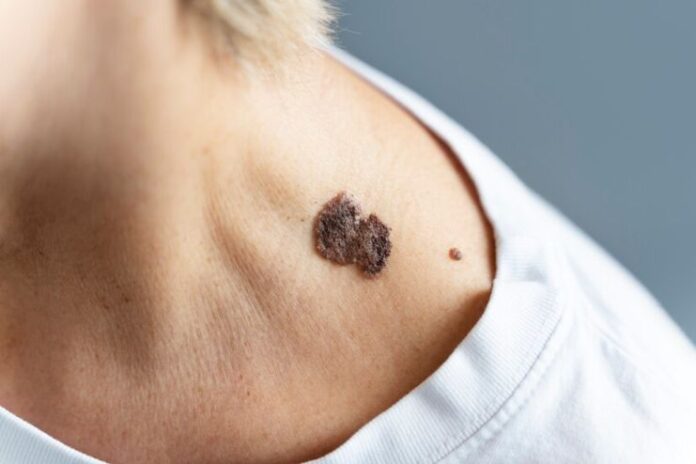Affiliate Disclaimer
Some links in this article are affiliate links. We may earn a small commission if you make a purchase through these links, at no extra cost to you. We only recommend products we find useful to our readersIdentifying cancerous moles as early as possible is a crucial move toward securing health. Early melanoma detection can help prevent further growth and treat tumors.
Identifying cancerous moles involves observing for changes in moles in terms of size, shape, and color, as they indicate an underlying issue. Such self-examinations help you respond early when your body shows such signs.
With an increase in the number of melanoma cases, learning what to look for and when to seek medical advice can save your life.
The ABCDEs of Cancerous Moles

You need to know the ABCDE rule of melanoma to identify early signs of skin cancer and monitor moles for the following warning signs:
A – Asymmetry: When one half of a mole is different from the other, it’s not a good sign.
B – Border: Irregular, jagged, or poorly defined moles are a concern.
C – Color: A mole with uneven color or multiple shades is suspicious. Colors may include brown, black, red, or white.
D – Diameter: Moles larger than 6mm should be checked.
E – Evolving: Any change in size, shape, color, texture, or new symptoms like itching or bleeding should not be ignored.
Additional Warning Signs

Recognizing dangerous mole symptoms and other mole warning signs can help detect melanoma early. Be alert for:
Know the dangerous mole symptoms and other mole warning signs to be able to detect melanoma early. Look for:
- Failure of sores to heal within weeks or more
- Spread of pigment beyond the borders of the mole
- Redness or inflammation around the mole
- Persistent itch, tenderness, or pain
- Change in texture such as scaliness, oozing, ulceration, or lumps
Why Early Detection Matters

Early detection is the key to melanoma diagnosis and skin cancer prevention. Early detection of changes in moles or skin lesions can prevent the spread of melanoma, which significantly improves the chances of successful treatment.
The earlier melanoma is diagnosed, the less invasive the treatment tends to be, often only requiring minor surgery. Regular skin checks, including self-exams and professional dermatological screenings, will ensure early detection of melanoma and better possible outcomes.
When to Seek Medical Attention
It is important to monitor your moles for changes in an active way. If you have growth, irregular borders, or any change in color, these indicate you need help. These symptoms may help you decide when to see a dermatologist for moles, which could save a life in cases of early melanoma. Look out for the following:
- Moles that bleed, itch, or are painful
- Changes in size or shape of the moles over time
- New moles appear later in life
Self-exam, in combination with an expert dermatologist checkup, is an effective tool against skin cancer. Never delay seeking help; early intervention is the first step to successful treatment. If you notice any warning signs, book an appointment with your dermatologist
Conclusion
Self-examination for skin cancer is imperative to detect any early development of melanoma. Monitoring moles for changes with the ABCDE rule will allow you to catch warning signs before the melanoma progresses. It is always important to seek professional evaluations for any suspicious moles so that you can receive treatment as soon as possible. Having routine skin checks with a dermatologist and practicing melanoma prevention tips greatly aids in early detection and effective treatment. Early intervention will make a big difference in preventing severe complications. Don’t wait—prioritize your skin health today.
In this Article




















